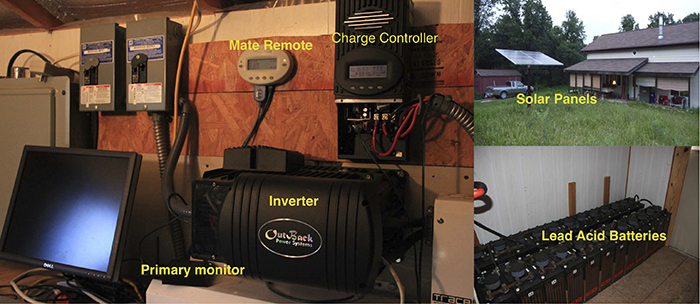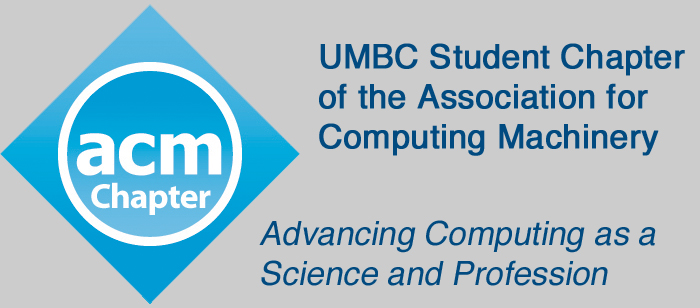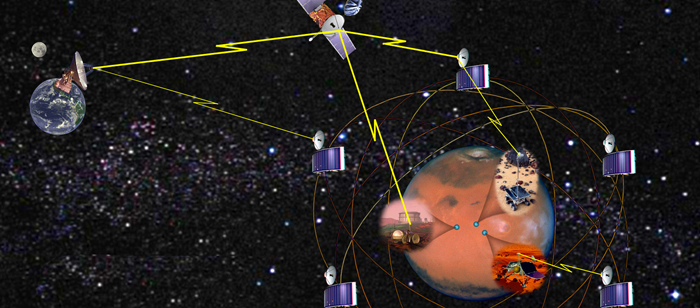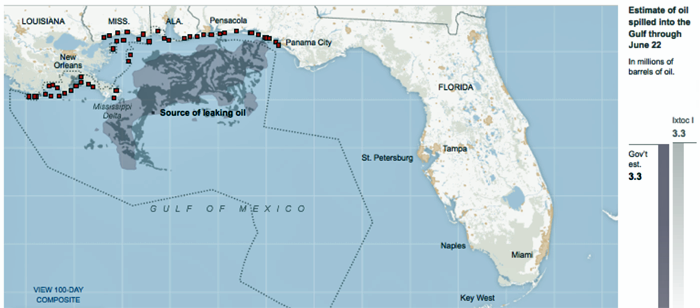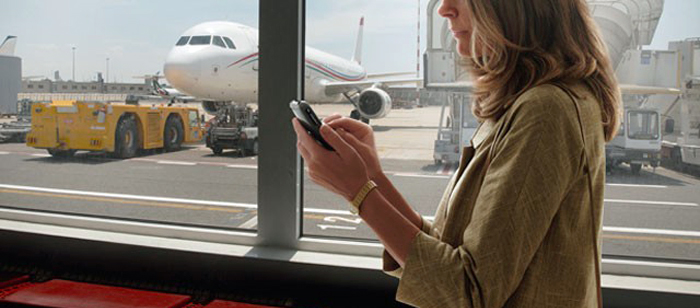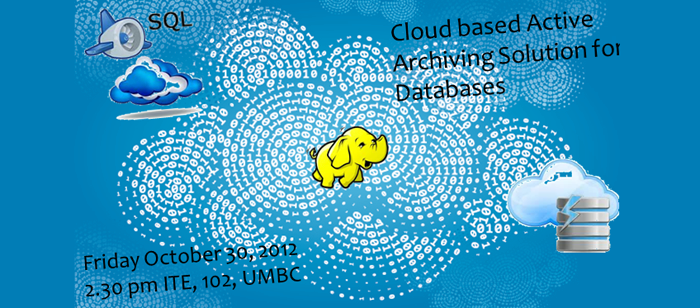
ACM Distinguished Speaker
Cloud based Active Archiving Solution for Databases
Dr. Mukesh Mohania
IBM Research – India
2:30pm Friday, 30 November 2012
Room 102 (LH8), ITE Building, UMBC
In the second talk of the UMBC ACM Student Chapter's Tech Talk Series, ACM Distinguished Speaker Dr. Mukesh Mohania will visit UMBC and talk about "Cloud based Active Archiving Solution for Databases".
Cloud computing offers an exciting opportunity to bring on-demand applications to customers and is being used for delivering hosted services over the Internet and/or processing massive amount of data for business intelligence. In this talk, we will discuss the architecture of cloud computing, MapReduce, and Hadoop. We will then discuss how the cloud infrastructure can be used for data management services, how the massive amount of data can be processed over cloud for various business intelligence applications, and how the cloud can be used for 'Active' Data Archival for near real-time data access. We discuss various issues concerning the active archive system including schema modification, query federation, query optimization, access control and data provenance. Using TPC-DS benchmark data, we present evaluation results that shows the ability of our system to seamlessly query archive data along with data stored in the warehouse in order of minutes compared to hours required to move the data into the warehouse from traditional archival systems.
Mukesh Mohania received his Ph.D. in Computer Science & Engineering from Indian Institute of Technology, Bombay, India in 1995. Currently, he is a Senior Technical Staff Member and IBM Master Inventor in IBM Research – India. He has worked extensively in the areas of distributed databases, data warehousing, data integration, and autonomic computing. He has published more than 120 papers and also filed more than 50 patents in these or related areas, and more than 14 have already been granted. He received the best paper awards in CIKM 2004 and CIKM 2005. His work on Data Quality, Information Integration, and Autonomic Computing has led to the development of new products and also influenced several existing IBM products. He has received several awards within IBM, such as "Excellence in People Management", “Outstanding Innovation Award”, "Technical Accomplishment Award", “Leadership By Doing”, and many more. He also received IEEE Meritorious Service Award. He is an ACM Distinguished Scientist, and a member of IBM Academy of Technology.
Light refreshments will be served after the talk outside ITE-325
RSVP via Facebook https://facebook.com/events/378277722253548/
More information and directions: http://bit.ly/UMBCtalks
